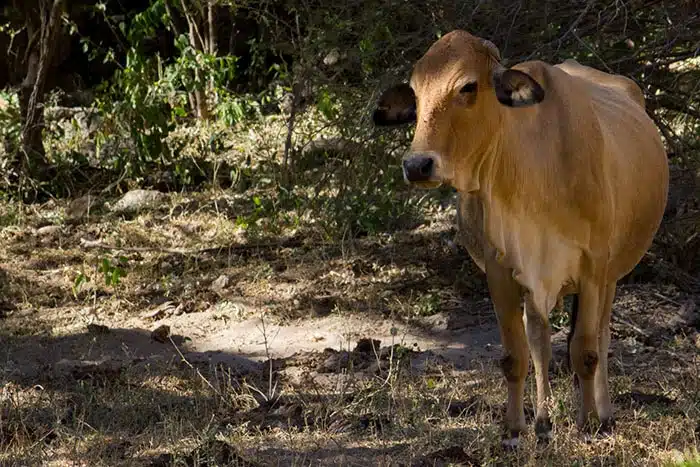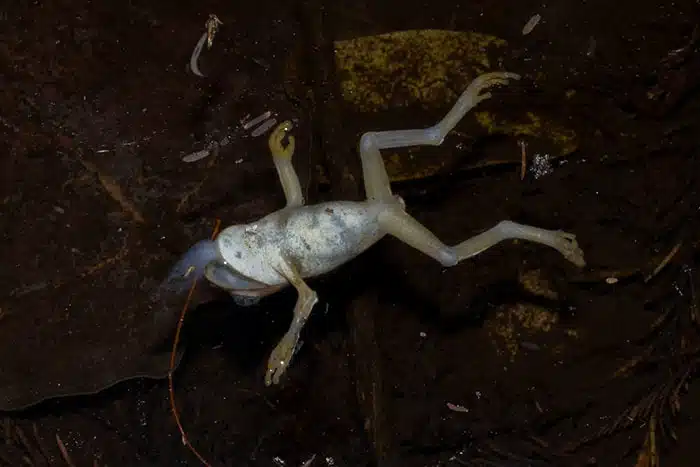Mexico
Tropical Forest Project
Conservation Issues in Sonora, Mexico
The single biggest conservation issue in the Alamos region is cattle grazing. Many areas on and around our study sites have been cleared for cattle. However, some areas are continuously cleared. Some were cleared decades ago, and there are many areas of forest that are still intact. This patchwork of deforestation presents both a problem and an opportunity. The problem is habitat fragmentation: when forests are broken up into fragments, the smaller fragments cannot support many species of plant and animal, and large fragments are separated from each other, limiting dispersal and the ability for genes to intermix among populations (“gene flow”). The good news is that many of the previously cleared areas are returning, and we now have the opportunity to monitor their progress. This way, we can find out how animal populations recover as the forest regrows, and we can predict the benefits that animal populations will gain with further efforts to remove cattle.

There are many amphibians found on our study areas, including the barking frog (Craugastor augusti), the Tarahumara frog, (Lithobates tarahumarae) and Mexican leaf frog (Pachymedusa dacnicolor). These amphibians, as well as many across the globe, may be in danger of extinction by a fungal pathogen, Batrachochytrium dendrobatidis, commonly known as chytrid fungus. It is not known if the amphibians of the Alamos region are infected with this pathogen, and part of our monitoring efforts will be to diagnose this disease in our study animals.

Another uncertain element in the future of the flora and fauna of the area is global climate change. The whole of northwestern Mexico is a topographically and climatically varied place. Specific elevations exhibit distinct climates and contain plants and animals that are not found at higher and lower spots. The high dependence of species on specific elevations means that climatic perturbations might have profound impacts on species survival. Some species can adjust to a changing climate by moving up mountains to cooler spots. However, species already inhabiting peaks have nowhere to go, and are not expected to survive. One of our goals is to find out just what the risks climate change poses to species’ survival, and share those findings with the world, in an effort to help effect positive change.
Mexico Biodiversity Project
Spanning several distinct biogeographic zones, the Sierra de los Alamos region of Mexico holds some of the greatest and most distinct biodiversity in all of North America.